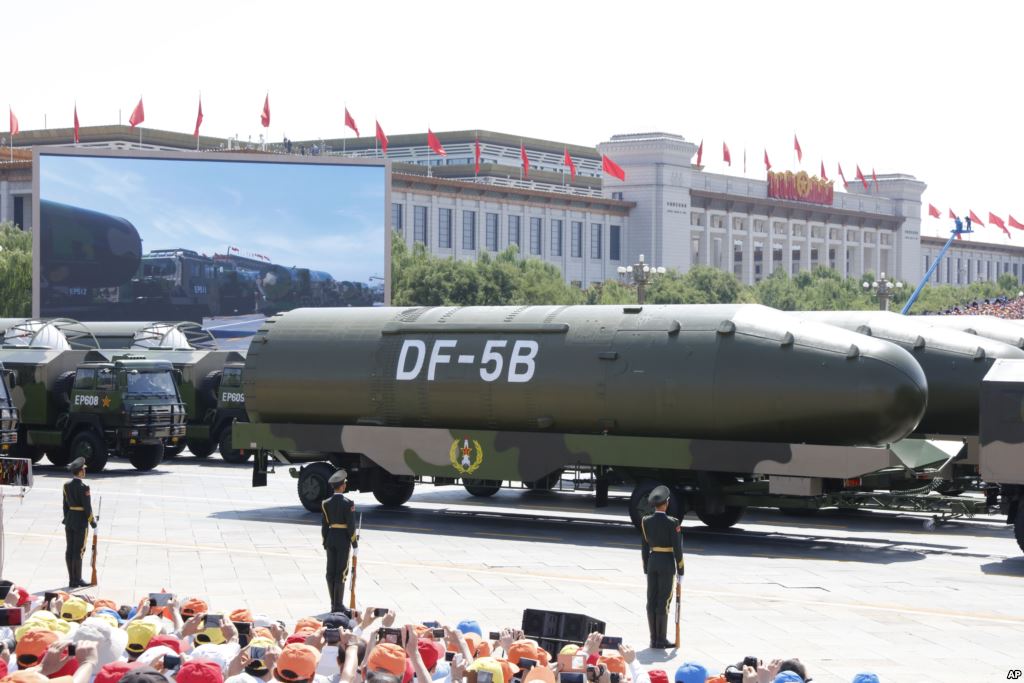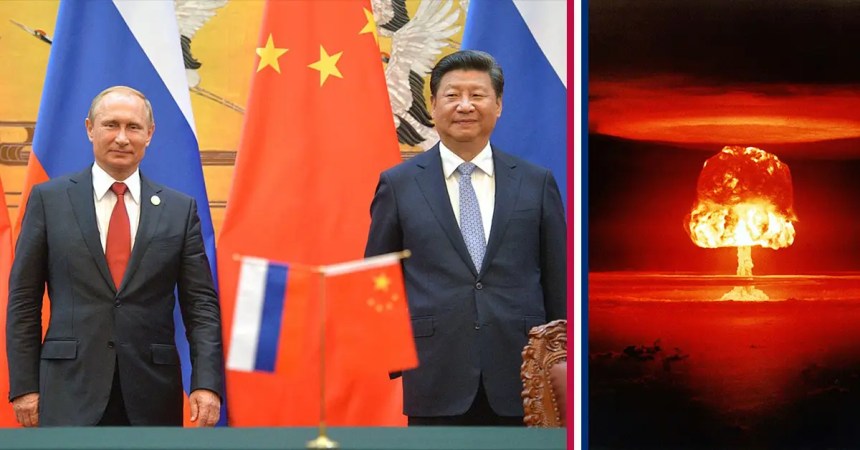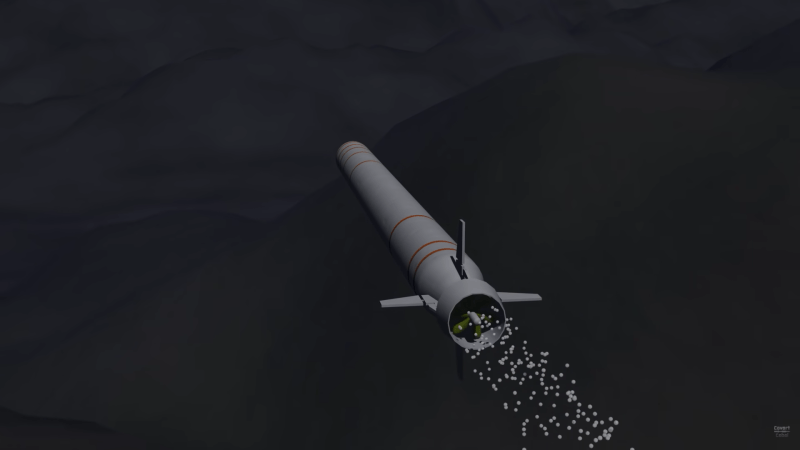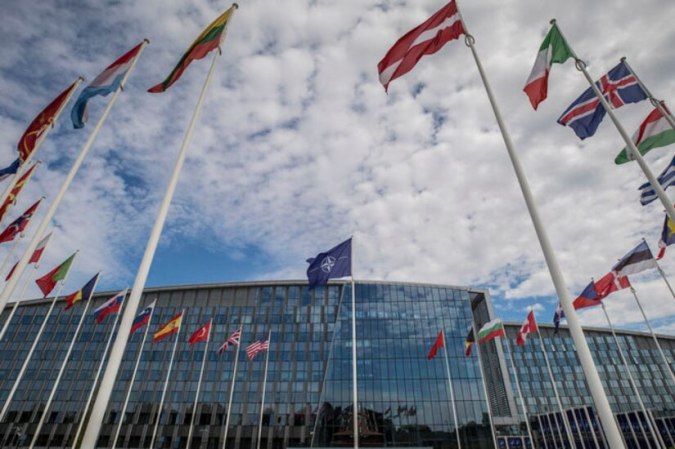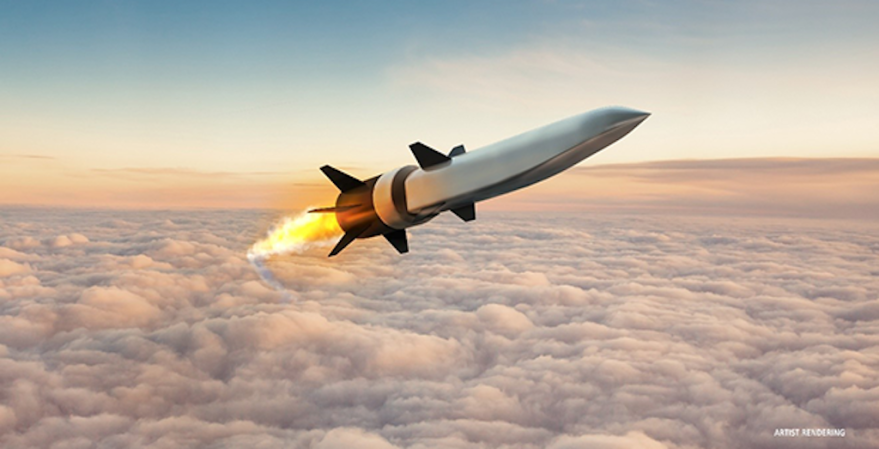The nuclear game of China is stepping up big time, as they rapidly expand and upgrade their arsenal. Let’s take a deep dive into the status, growth and potential consequences of China’s nuke program.
Here is what you need to know about China’s nuclear arsenal
Nuke Power Rundown
The Nuclear Threat Initiative (NTI) ranks China as the world’s third-largest nuclear power. As of 2021, China had about 350 warheads. Their nuclear arsenal includes land-based missiles, submarine-launched ballistic missiles (SLBMs), and air-launched cruise missiles (ALCMs). Relying on “minimum deterrence,” China keeps just enough nukes to strike back effectively after a nuclear attack.
The Game Plan
Recent assessments from the United States-China Economic and Security Review Commission, the DIA, and the Pentagon reveal China is on a mission. It’s pushing hard to expand and modernize its nuclear capabilities. The Pentagon’s 2021 report suggests China’s nuclear warhead stockpile could double within the next decade. On top of that, the Pentagon is aware this diversification is happening faster than estimated.
China’s Nuclear Makeover
China’s nuke modernization efforts aren’t messing around. Let’s break down the key upgrades.
Currently, China is developing the DF-41. This advanced ICBM has multiple independently targetable re-entry vehicles (MIRVs) and an impressive range of over 12,000 kilometers.
In addition, China is boosting the mobility and survivability of its land-based missile force. They’re rolling out road-mobile ICBMs and building underground missile silos to protect their arsenal.
Presently, China is expanding its nuclear-powered ballistic missile submarine (SSBN) fleet. Armed with the JL-2 SLBM, which has a 7,400-kilometer range, they’re also developing the JL-3 SLBM for even longer reach.
The country’s bomber force is getting a makeover with the H-6N—a long-range aircraft designed to carry air-launched ballistic missiles and ALCMs. This upgrade seriously amps up their nuclear strike capabilities.

China’s Nuke Expansion
The growing nuclear arsenal is raising concerns and prompting questions about the potential impact on regional and global security. That’s to say nothing of the strategic balance between the US, China, and other nuclear powers.
As China flexes its nuclear muscles, Asia-Pacific countries might start to sweat, possibly leading to arms races or higher military spending. This could ramp up tensions in a region already filled with territorial disputes and rivalries.
China’s nuclear growth also raises the need for arms control measure discussions. Though the Strategic Arms Reduction Treaty was recently resigned, its future still hangs in the balance. That makes China’s fast-paced nuclear modernization all the more alarming.
Now that China has MIRV-capable ICBMs, the delicate strategic balance of nuclear powers is in question. As China strengthens its second-strike capability, other countries might feel pushed to develop advanced nukes or countermeasures. This raises the obvious risk of a destabilizing arms race.
This nuclear expansion might shake the global nonproliferation efforts and hinder diplomatic attempts to prevent nuclear weapon proliferation. Beijing’s nuke show-off could tempt other nations, especially those in the region, to chase or upgrade their nuclear arsenals. In turn, this might weaken worldwide nonproliferation efforts and disarmament initiatives.
Policy Playbook: Tackling China’s Nuclear Expansion
China’s growing nuclear arsenal calls for strategic policy responses.
Encouraging conversations between China and other nuclear powers helps clarify strategic goals and minimize misunderstandings. That’s to say nothing of paving the way for future arms control and disarmament discussions.
Next, creating arms control measures might help keep strategic stability intact. This might include mutual caps on nuclear arsenals or limits on specific weapon systems. Confidence-building measures, like transparency and communication mechanisms, reduce mistrust and lower the risk of conflict.
Reinforcing the international nonproliferation regime, including the Treaty on the Non-Proliferation of Nuclear Weapons (NPT), helps prevent the spread of nuclear weapons. Additionally, it will help decrease the risk of regional arms races. This effort includes promoting disarmament, supporting the IAEA’s safeguards system, and encouraging China’s active participation in nonproliferation.
Finally, boosting regional security cooperation and dialogue tackles the root causes of insecurity in the Asia-Pacific region, lessening the urge for countries to pursue nuclear weapons or upgrade existing arsenals. Of course, cooperation may involve joint military exercises, confidence-building measures, and diplomatic engagement on regional security issues.

Navigating the Future: What’s Next?
In light of China’s rapid growth and nuclear arsenal modernization, significant threats to regional and global security have emerged. Currently, as the world’s third-largest nuclear power, China is actively developing advanced ICBMs, bolstering land-based missiles, expanding its submarine fleet, and upgrading bombers. Consequently, these actions have the potential to ignite an arms race, disrupt strategic balance, and impact nonproliferation diplomacy.
Additionally, China’s assertive military posture in the South China Sea and its growing influence in the Indo-Pacific region intensify these concerns. This expansion amplifies tensions with neighboring countries and raises the stakes in territorial disputes.
Ideally, the international community ought to consider addressing the elephant in the room. Engaging in open communication and promoting confidence-building measures can go a long way. That’s to say nothing of general, wide-spread activism for arms control agreements. Strengthening diplomatic ties and enhancing regional cooperation can help mitigate risks, prevent misunderstandings, and reduce the likelihood of conflicts. In doing so, we can work towards a more stable, secure and cooperative global environment.


